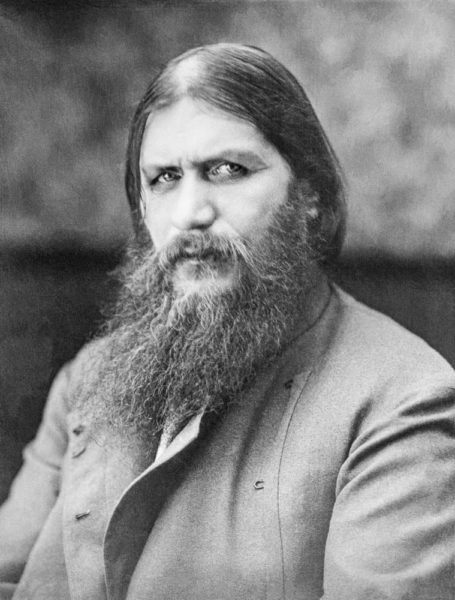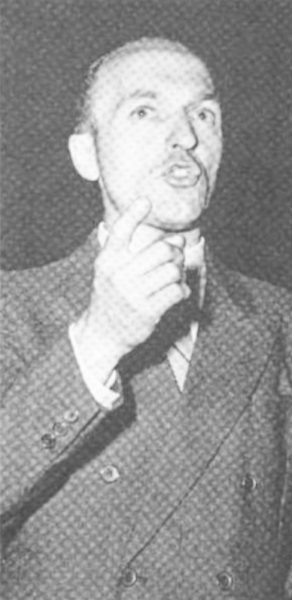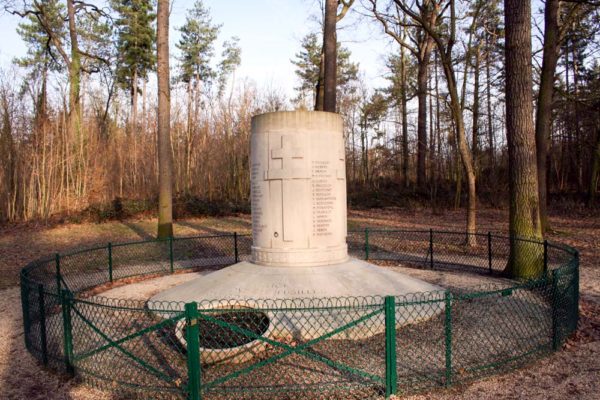Throughout history, con men have preyed on unsuspecting victims. Like a chameleon (or a good salesperson), they can change their colors at a drop of a dime and gain the confidence of whomever they have targeted as a “mark.” These people range from the sinister (e.g., Rasputin) all the way to those lovable “grifters,” Paul Newman and Robert Redford in the movie, The Sting.

Today’s blog centers around a Catholic priest who was employed by the Abwehr (German military intelligence) for the purpose of infiltrating, betraying, and ultimately, destroying French Resistance networks. Unlike Grigori Rasputin (1869-1916) who ingratiated himself into the Russian Tsar’s family for status and power, Abbé Robert Alesch (1906-1949) sold his services to the Nazis for money, art, and a life of luxury. Normally, confidence scheme targets give up their money or jewelry. Many of Alesch’s victims gave up their lives.



